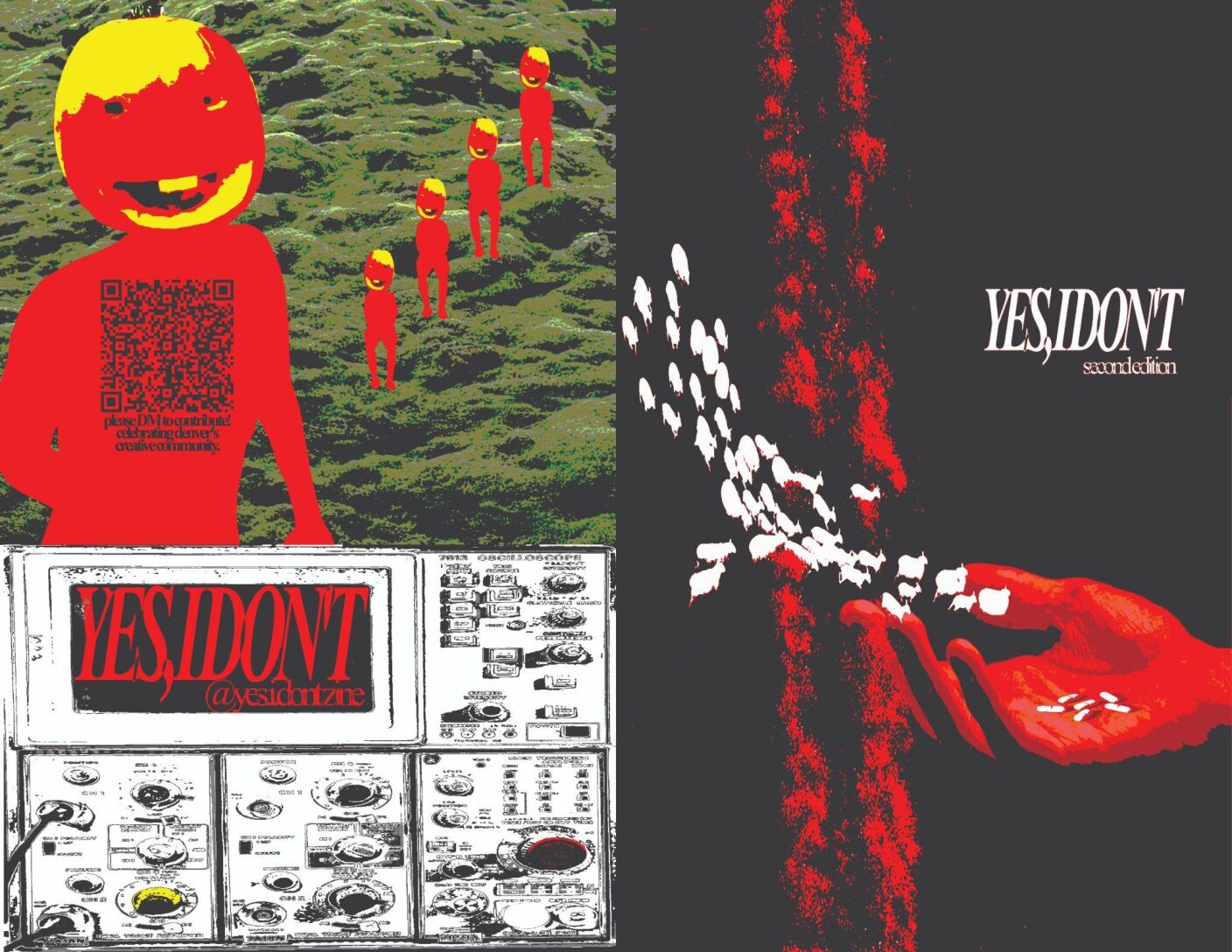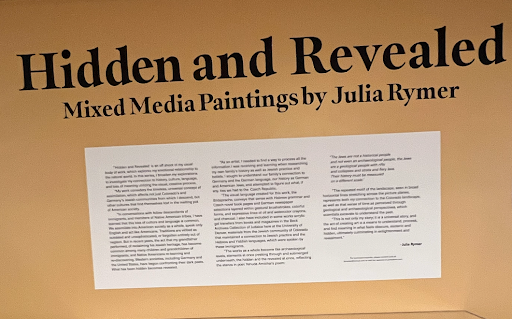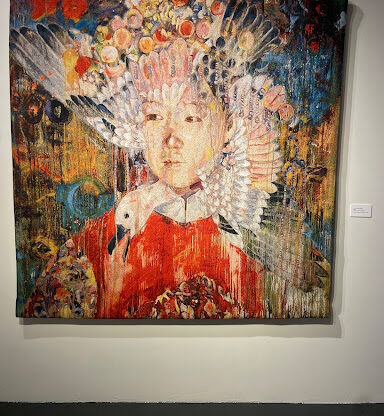In a truth-seeking profession such as journalism, asking the right questions is an imperative element that drives the tone of a story. However, Art and Art History professor Jeffrey Keith had me questioning the validity of bringing journalistic type-A questions to an art interview. Art in itself raises a lot of personal questions; most can’t be simply answered and all are completely subjective.
Originally from Cape Cod, Massachusetts, Keith has dedicated his life to art and for as long as he can remember, he’s always had the itch to paint. As an outsider looking in, I had the desire to dig at the origins of his work. When asked what his inspiration was, Keith said,“You know, I’m just a guy who’s actually been making stuff for, I hate to say this, over half a century. I’m 60, I’ve been doing this my whole life. And I’m just one of those people if you put in a room stuff happens, things get made…so there is no inspiration really. I’ve devoted my life to this. It’s a worthy thing to do.”
Asking an artist to put their art into words is somewhat cruel when one considers the fact that art evokes things—feelings, issues, etc.—that are essentially unspeakable and that artists most likely paint, photograph or draw so that they don’t have to analyze their work.
For Keith, painting is a sort of resolution or escape. “The thing I’m looking to do is to make visual poetry and to reflect our experience of being alive so I look to my paintings to be portals…people respond to them or they don’t. So the inspiration, if there is such a thing, is, you know, being in the world. The work doesn’t really come from me, it comes through me and thats the only way I can be successful.”
When a piece of art resonates with us, a natural urge arises to know more about it: what does it mean, how was it made and who is the artist who made it? However, the want for background information can eventually consume our initial resonation and our unexplainable, gut-wrenching reaction is replaced with the need to know more.
“My work is not narrative. It doesn’t have an agenda. I don’t have a message,” said Keith. “In fact, I want to make work that doesn’t really go there at all…not everybody likes my work but I want the people who do to have to kind of interface with it—quietly—and to come to it without ideas and to experience what it’s doing to them. And I use color as well as I can to make that happen, so there is no message. Who wants another message from a white guy from New England? No, seriously.”
While Keith noted that some artists do quite the opposite and have intended meanings for their pieces, he turned to abstract art as a way to dig deeper. Color and oil paint are his kryptonites. Although he can “talk about color for hours,” he prefers to not talk about himself at all. His art, as all art should, speaks for him and—more importantly—for others.
“Over the many years that I’ve been working, what has evolved is that I don’t want to talk about it [his paintings] and I don’t really want to photograph it… I worked to make work that you can’t get unless you actually have it, which hasn’t really worked well, in many ways, for a career in the digital age because you can’t communicate my paintings digitally.”
Keith spoke at the last set of Artist Talks on Feb. 19. The Artist Talks give Art and Art History faculty members a chance to talk more in-depth about their work.
A long time professor at DU, Keith is passionate about his teachings. His Color Theory class requires no prior art experience, is open to any major and can be applied to multiple jobs, whether they be in business or fashion.
A piece of his work, Blue September, was on display at the 2015 Faculty Triennial Art Exhibit, which ended on Feb. 22.











